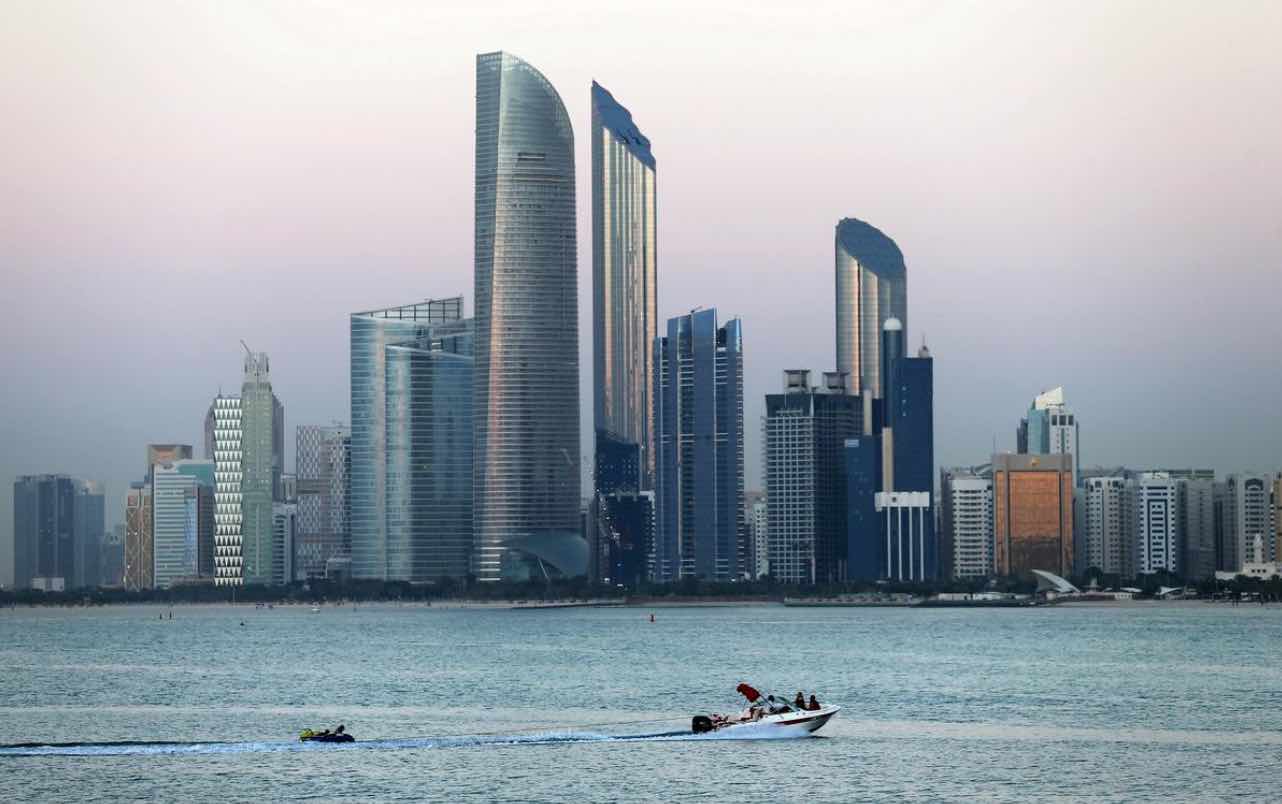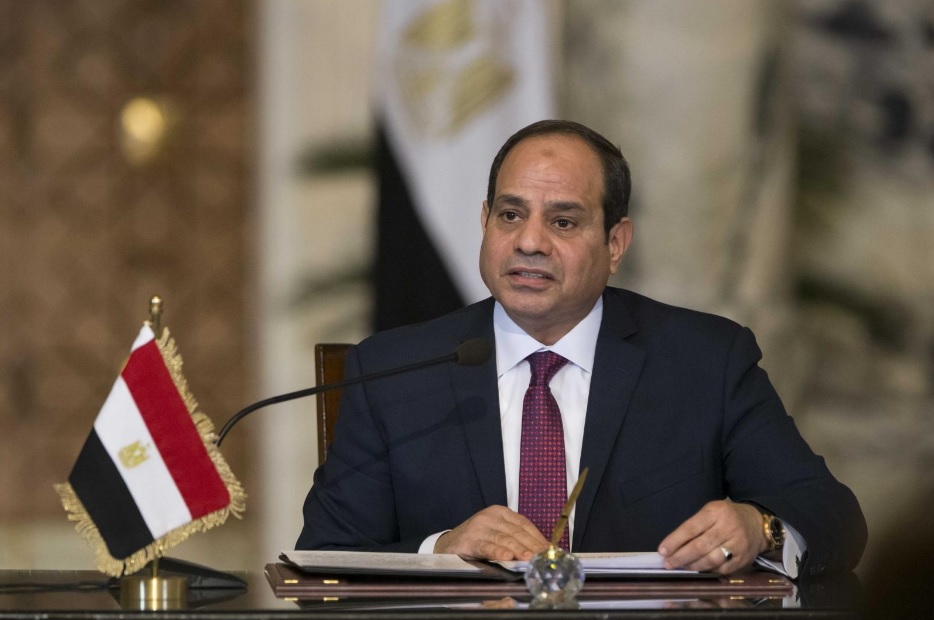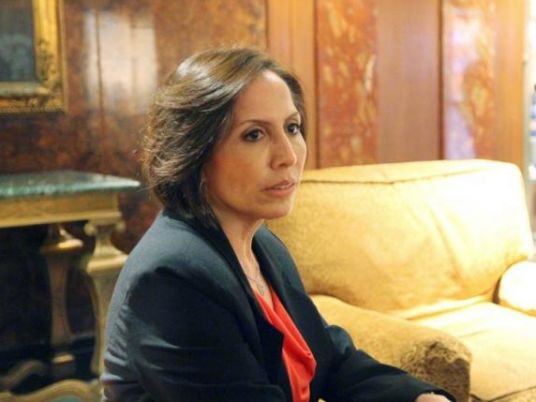Day after day, Cairo is increasingly resembling an oversized car park, rather than a functioning metropolis. In a city designed to carry half of its current population, urban planning, or the lack thereof, has become a critical concern for a variety of reasons, ranging from air pollution to a strained economy resulting from an inability to fluidly navigate the city.
Various solutions are being proposed to resolve Cairo’s increasing congestion, from tunnels and overpasses, to buses and metro lines, to establishing more isolated, gated communities.
But the million-dollar question remains: how has a city like Cairo, which was so carefully designed in the early twentieth century, been left to reach such an unfortunate state?
Dina Shehayeb, professor of housing and urban design at Egypt’s Housing and Building Research Centre (HBRC), contends that until the source of the problem is addressed, solutions to relieve congestion will remain temporary.
“With any problem, you must address the cause of the issue, and not just the symptoms themselves,” states Shehayeb. “Despite the widespread belief that congestion is mainly caused by the growing population, it is mainly the consequence of zoning regulation laws.”
In Cairo’s long-established districts such as Mohandessin, Zamalek, Nasr City and Maadi, various zoning regulations were put in place as part of the urban design of each particular community. The primary purpose of zoning is to prevent new development from interfering with already existing businesses and residents, so as to preserve the character of the community.
For example, when Mohandessin was created in the 1950s, it was built on a road-based design that was popular at the time. Because redeveloping roads is a difficult task, various zoning restrictions were put in place on housing to ensure that the streets were equipped to handle maximum congestion.
However, increased pressure from private investors in the late 1980s led to the filing of lawsuits demanding exceptions to the zoning regulations in Mohandessin and Nasr City. This culminated in government decisions in the early 1990s that deemed zoning regulation laws “unconstitutional” and “undemocratic.”
As a result, the four-story maximum height regulation in Mohandessin and Nasr City was immediately put on the back-burner, as investors sought to multiply their returns on land.
Surrounding streets were then forced to withstand twice as many pedestrians and vehicles than before, which, combined with increased access to private cars, resulted in apartment blocks and streets being physically incapable of withholding the pressure.
These instances are only one such example of defiance of zoning regulations.
“The noncompliance with zoning regulations meant that merely owning a car resulted in breaking road and traffic regulations,” continues Shehayeb. “Then you introduced the bawabs (doormen) who managed your car, along with the police who collected on traffic infringements, and whose collections were then reinvested into further urban investments by the government. Eventually, an entire system was developed that was founded on the destruction of urban design, hence what you see now.”
But even in post-revolution times, attempting to address and reinstate zoning regulations has proven very difficult, as a defeatist attitude prevents many investors from cutting their losses in order to look at the bigger picture.
Shehayeb concludes that once constitutional laws are put into place that empower the government to support and enforce zoning regulation laws, solutions to relieve the current over-congestion can be effectively implemented.
While many solutions have been suggested to relieve Cairo’s current traffic congestion, the general consensus seems to be that developing the public transport sector is of utmost importance.
“Widening the roads is an extremely expensive task, and will also destroy Egypt’s inherited European capital,” says Yahia Shawkat, an architect who has been researching and analyzing urban policy on his blog, Shadow Ministry of Housing.
“Overpasses and tunnels also give way to increased pollution and ugly aesthetics, which is an undesirable direction to head in,” he continues. “The most feasible solution, at this point in time, is to quickly develop Cairo’s already existing public transportation systems.”
Currently in Cairo, two metro lines run through sections of the city, as well as over 500 bus routes, both official and non-official. However, a lack of attention to the development of these means of transport has hugely degraded their functioning potential.
“Simply by installing nicer buses with their own private, sectioned lanes would instantly encourage thousands, if not millions, of people to quit taking their cars,” Shawkat says.
A third metro line, which would connect Mohandessin and Nasr City to the already existing map, is also a much-awaited alternative to private vehicles.
Cairo’s governor of transportation has also shown interest in mapping out the different metro lines, bus routes, trains and trams, with the intention of creating connectivity between the various nodes; however, given the state Cairo’s traffic, this solution seems rather impractical.
Private investors have long enthused that isolated gated communities, such as those found in 6 October City and Katameya, are the best way to expand Cairo and relieve downtown congestion; yet, this idea has been met with much skepticism.
“You don’t fix an urban problem by moving into a gated community in the desert,” says Shawkat. “Just because a couple thousand people decide to leave the city behind doesn’t mean that the city is going to fix itself, particularly Cairo.”
In the vein of public transportation however, recommendations have been put forth to connect Katameya, 6 October City and Heliopolis – where the American University in Cairo is located – to Cairo proper through adaptations similar to the light rails and rapid transit systems currently in place in Mexico and Colombia.
Light rail is a form of urban public transportation that generally has a lower capacity and speed than heavy rail and metro systems, but higher than that of trams.
Yet surprisingly, such suggestions have been met with opposition from investors, due to an unwillingness to have these locations easily accessible to lower socioeconomic classes.
“Many investors are still keen on developing a segregated Cairo that neglects the poorer communities,” states Shehayab. “If we want traffic to be relieved, we are going to have to get over this mentality. In order to achieve a dynamic urban system, different socioeconomic classes need to learn how to live together in harmony.”
Whatever the debilitating issues behind Cairo’s increasing congestion may be, actions and solutions need to be implemented sooner rather than later because, according to David Sims, an urban development specialist with 30 years of experience as a consultant and adviser in the developing world, the problem hasn’t even really begun.
“People are always complaining that there are too many people with too many cars,” says Sims. “But if you look at statistics, less than 15 percent of the population actually has a private vehicle, so the numbers on the street now have potential to increase dramatically over the next ten years.”
“The government needs to tend to the public transport sector immediately in order to save Cairo, and even more, Egypt’s economy,” concludes Sims.




